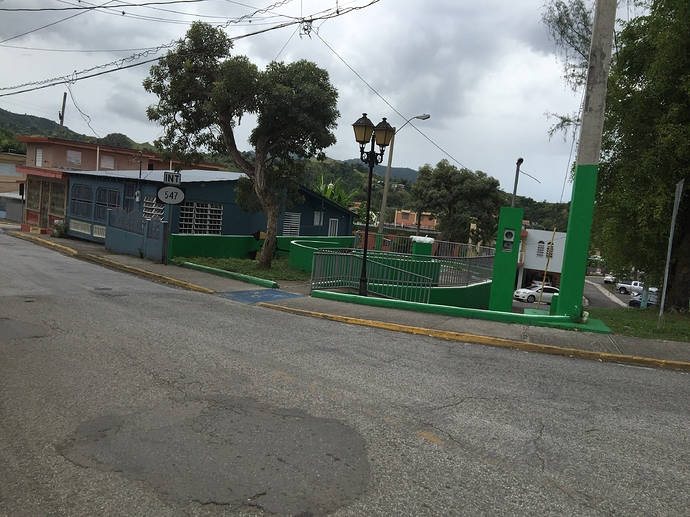I put this in the fruit category 'cause I’m more concerned with trees and perennials than annual vegetables in this regard.
As I referenced in another thread, I’m interested in spreading the wealth and putting some fruit into the hands of the public. I’ve wanted to plant fruit trees in my town’s public areas for years. I’ve resisted the temptation more out of practical concerns than anything else… Most of my fruit trees are moderately rare trees (Eugenias, Myrciarias, Garcinias, Lychee, Artocarpus hypargyreus) that take some years to grow and bear fruit, and they’re still small: no seeds to spare. Now that I’m getting my hands on some fast-growing readily-propagated fruits, this changes things. I already had a few “white” mulberries growing in my yard for some time, now I’m getting figs and shrubby berries too. If I succeed in propagating them well enough, I figure it’ll soon be time for action.
There’s two empty planters in town square that look like the perfect spot for some fig trees, and maybe a strawberry groundcover. There’s a similar spot in a tiny plaza close by, in the town entrance. And a broad grassy stretch next to a roofed cement bench by that same entrance (it could use a mulberry and some thornless blackberries). And as far as I know, there’s no big claim to the grassy yard of the basketball court in my neighborhood (though it is taken care of by someone… Maybe concerned neighbors?).
I’ve no idea what the public reaction would be… I can conceive that someone with authority might react poorly, but I honestly doubt that it would happen. (And if so, if they could even trace it back to me, I don’t think I would get in trouble… There’s no rules on public gardening in my town). The worst that could happen, I think, is that my efforts might be unappreciated, and passively dealt with by the landscapers or caretakers. Thus, my efforts would be lost… But then, that’s why I’ve been waiting for these fruits: it’s no great loss to lose something common and easily-propagated, especially if I still have my own plants at home. I figure it’s worth a shot. At best, I might spark the gardening interest of the townsfolk, and maybe a greater appreciation of fruit.
I don’t know if this’ll actually go anywhere, or if it’s just a pipe dream. If I take action, I’ll be documenting it here, with pictures of the areas before, after, and over time.
Does anyone else here dream of setting their towns ablaze with plant growth? Have y’all actually done it? Gimme the goods, show me some pics!














































